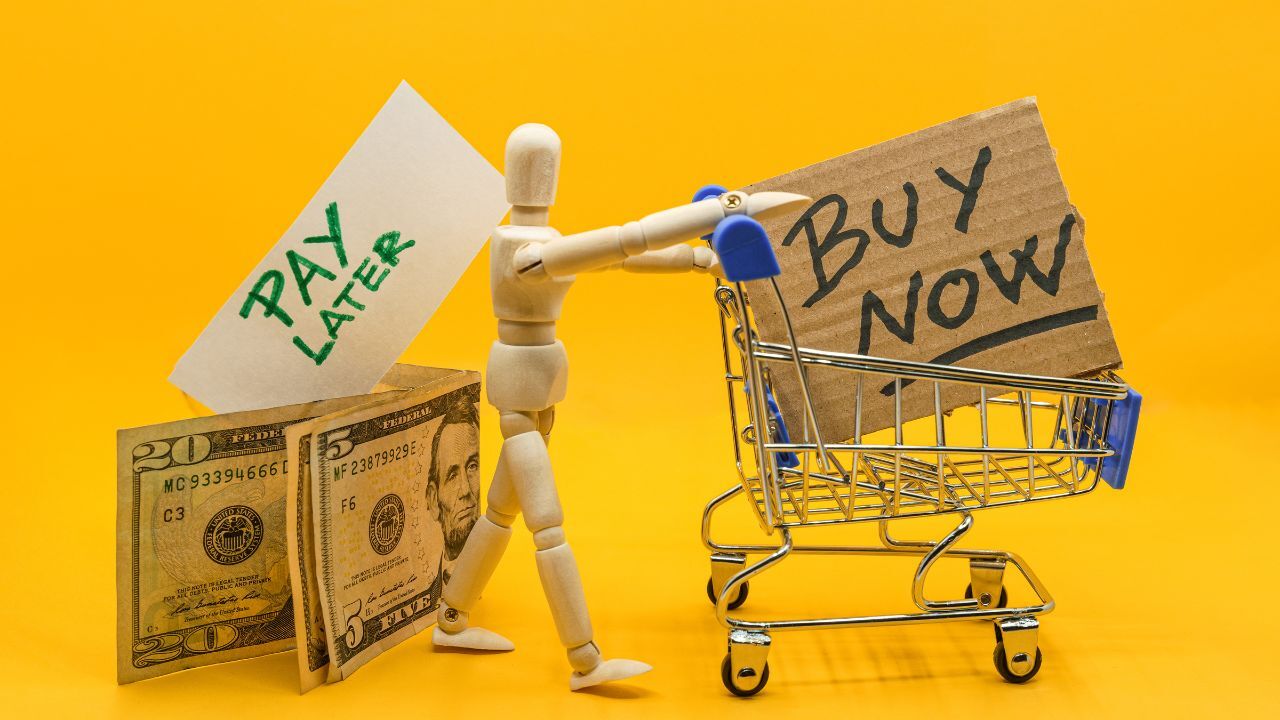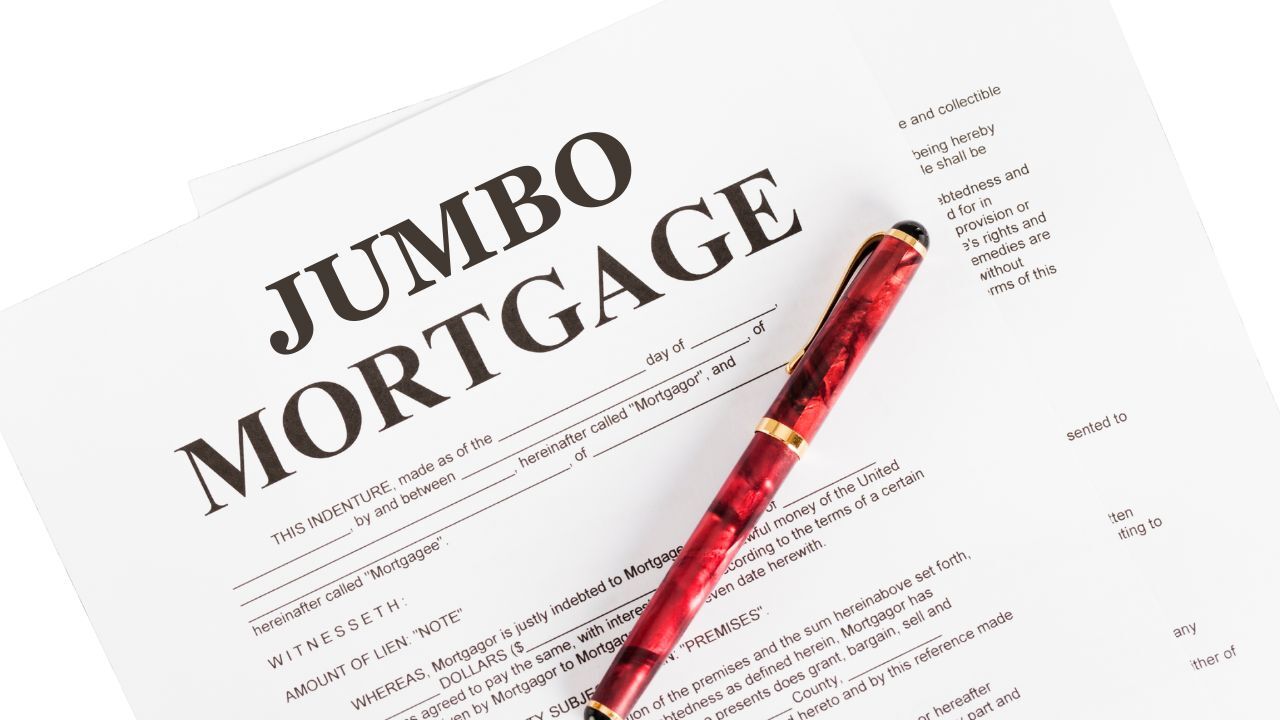 Buy Now Pay Later services have become a popular way to spread out small purchases, and for many buyers, these plans feel harmless. The payment amounts are usually small, the approval process is quick, and the apps are easy to use. What many future homebuyers do not realize is that Buy Now Pay Later activity can affect a mortgage application in ways that may not be obvious. Understanding how this type of debt shows up in your financial profile can help you prepare before you apply for a mortgage.
Buy Now Pay Later services have become a popular way to spread out small purchases, and for many buyers, these plans feel harmless. The payment amounts are usually small, the approval process is quick, and the apps are easy to use. What many future homebuyers do not realize is that Buy Now Pay Later activity can affect a mortgage application in ways that may not be obvious. Understanding how this type of debt shows up in your financial profile can help you prepare before you apply for a mortgage.
Understand How Lenders View Buy Now Pay Later Accounts
Even though Buy Now Pay Later services are not traditional credit lines, lenders still review them as part of your financial picture. Some Buy Now Pay Later companies report payment activity to credit bureaus, and missed payments can lower your score. Others do not report at all, but the payments still show on your bank statements, and lenders consider them when reviewing your debt load. This means even small recurring payments can reduce how much you qualify for.
Know How Recurring Payments Affect Your Debt-to-Income Ratio
Your debt-to-income ratio is one of the main factorsí lenders look at when deciding how much home you can afford. Buy Now Pay Later payments may be small individually, but several combined can increase your monthly debt. Lenders add every recurring payment to your debt-to-income calculation, and this can shrink your approved loan amount. When your income stays the same but your monthly obligations increase, your buying power goes down.
Track How Many Buy Now Pay Later Plans You Are Using
Using one small Buy Now Pay Later plan usually does not create a major issue, but having multiple plans at the same time can cause problems. Lenders look for patterns of spending, and a long list of recurring payments can appear risky. It may signal budget pressure or difficulty managing expenses. Before applying for a mortgage, review how many active plans you have and pay down or close as many as possible to simplify your financial profile.
Keep Your Bank Statements Clean and Predictable
Lenders review at least two months of bank statements to make sure your income and spending are consistent. If your statements show several Buy Now Pay Later withdrawals from different apps, it can raise questions about your spending habits. Mortgage underwriters prefer to see stable, predictable financial activity. Cleaning up your statements before applying for a home loan helps create a stronger impression and reduces the chance of delays.
Take Control Before You Apply for a Mortgage
You can protect your mortgage application by reducing or eliminating Buy Now Pay Later use in the months before applying. Pay off any remaining plans, avoid opening new ones, and shift your purchases to a debit card or traditional credit card that you pay off monthly. These small steps help strengthen your financial profile and give you a smoother, more confident mortgage experience.
Buy Now Pay Later services can be helpful tools, but when used too often, they can affect your mortgage approval. With mindful planning, responsible spending, and cleaner bank statements, you can keep your application strong and put yourself in the best position to buy your new home.
 Not all mortgage loans are created equally, and jumbo mortgages are a clear example of that difference. These loans are designed for higher priced homes and come with unique guidelines that affect both buying and refinancing decisions. Understanding how jumbo mortgages work and why refinancing them is different can help you make smarter long-term financial choices.
Not all mortgage loans are created equally, and jumbo mortgages are a clear example of that difference. These loans are designed for higher priced homes and come with unique guidelines that affect both buying and refinancing decisions. Understanding how jumbo mortgages work and why refinancing them is different can help you make smarter long-term financial choices.